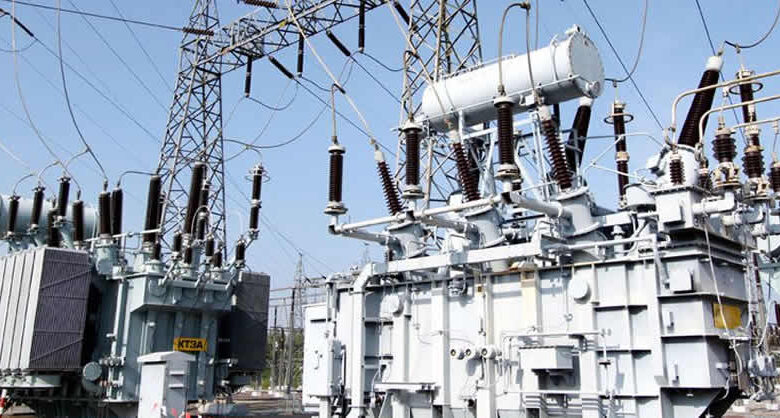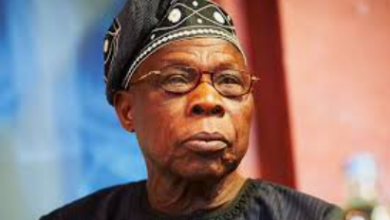Nigeria Targets Improved Power Supply With 20-Hour Daily Goal By 2027

The Federal Government of Nigeria has unveiled a vision to deliver at least 20 hours of daily electricity to Nigerians by 2027, especially targeting urban areas and industrial zones. This ambitious target, announced by Olu Verheijen, the Special Adviser to the President on Energy, is heavily contingent upon increased investment in the nation’s oil and gas sector, where investment has been significantly below expectations. Verheijen made this declaration during the African Energy Week in Cape Town, urging global players to invest in Nigeria’s energy future, according to a statement from Abiodun Oladunjoye, Director of Information and Publicity for the State House.
Currently, Nigeria faces severe challenges in its energy infrastructure, with repeated national power grid collapses—a problem that has resulted in widespread blackouts. Despite an installed capacity of around 12,500 megawatts, Nigeria only manages to generate a fraction of this, largely due to outdated infrastructure, lack of maintenance, and insufficient funding in the power sector. These constraints leave millions of Nigerians without reliable electricity, which the government is now aiming to address. As part of its energy reform plans, the Tinubu administration has outlined measures to improve revenue collection, tackle legacy debts, and introduce seven million smart meters to reduce system losses. Additionally, the government is investing in off-grid solutions to extend access to electricity in remote areas.
Verheijen also emphasized the Tinubu administration’s broader economic reforms, including the removal of petrol subsidies and a shift toward foreign exchange liberalization, as part of its efforts to attract foreign investment. She noted that Nigeria has underperformed in oil and gas production relative to its potential. For instance, while Brazil has only 30% of Nigeria’s oil reserves, it produces 131% more than Nigeria—a disparity she attributes to inadequate investment in Nigeria’s energy sector. Between 2016 and now, Nigeria has only attracted about 4% of Africa’s total oil and gas investments, while countries with fewer resources have drawn larger shares.
To reverse this trend, the Tinubu administration is actively reforming Nigeria’s energy investment climate, focusing on fiscal incentives for deep offshore and non-associated gas projects. This includes the nation’s first-ever fiscal framework for deepwater gas, a landmark move in the Nigerian petroleum industry. The government has also collaborated with the National Security Adviser to implement targeted security directives, which aim to address security risks in oil and gas operations. Additionally, efforts are underway to streamline approval processes, potentially reducing contracting timelines from a lengthy 38 months to 135 days and eliminating the 40% cost premium associated with operating in Nigeria.
These reforms extend into the midstream and downstream sectors, with incentives to boost investments in compressed natural gas, liquefied petroleum gas (LPG), and electric vehicles. Through the Presidential Gas for Growth Initiative, Nigeria aims to displace the use of petrol, diesel, and traditional cooking fuels with cleaner, more sustainable energy alternatives. Verheijen reported that the administration has already unlocked over $1 billion in investment across the energy sector and anticipates that two major projects will reach final investment decision (FID) by mid-2025. These initiatives mark a concerted effort to attract international oil companies and local firms to invest in Nigeria’s energy future, creating a foundation for sustained growth and improved access to electricity across the nation.
In sum, the Federal Government’s plan hinges on attracting significant foreign investment, modernizing infrastructure, and addressing systemic inefficiencies. These measures aim to transform Nigeria’s energy sector, enhance electricity access, and set the country on a path toward economic revitalization and industrial growth.



